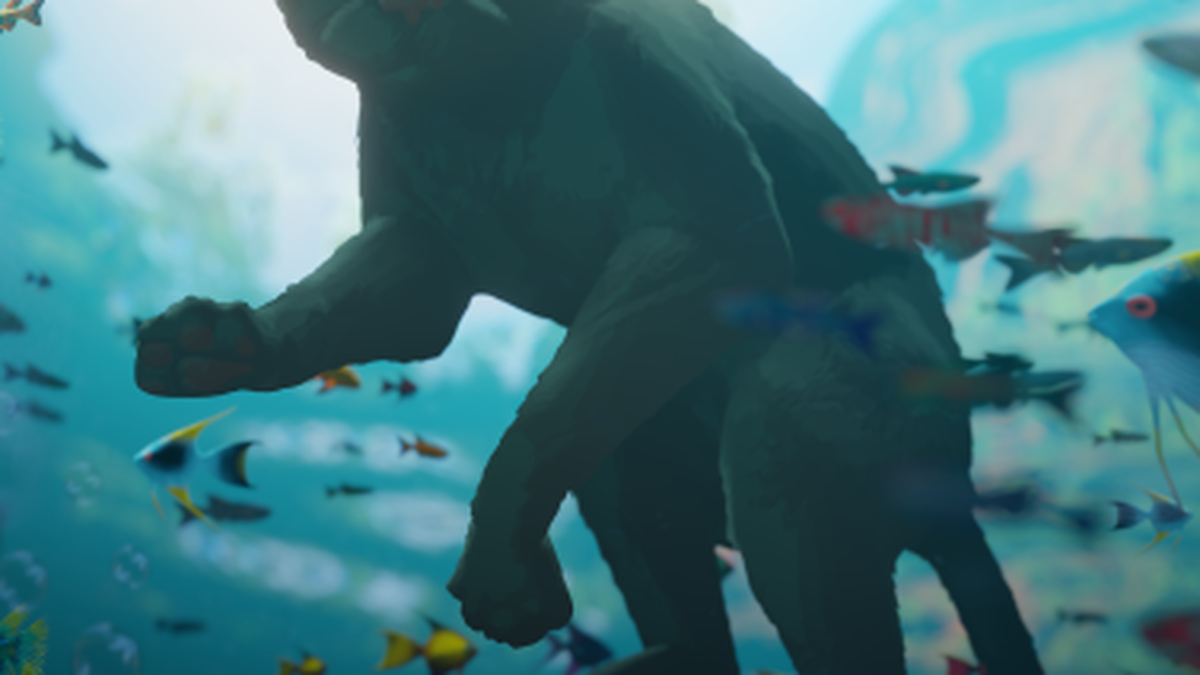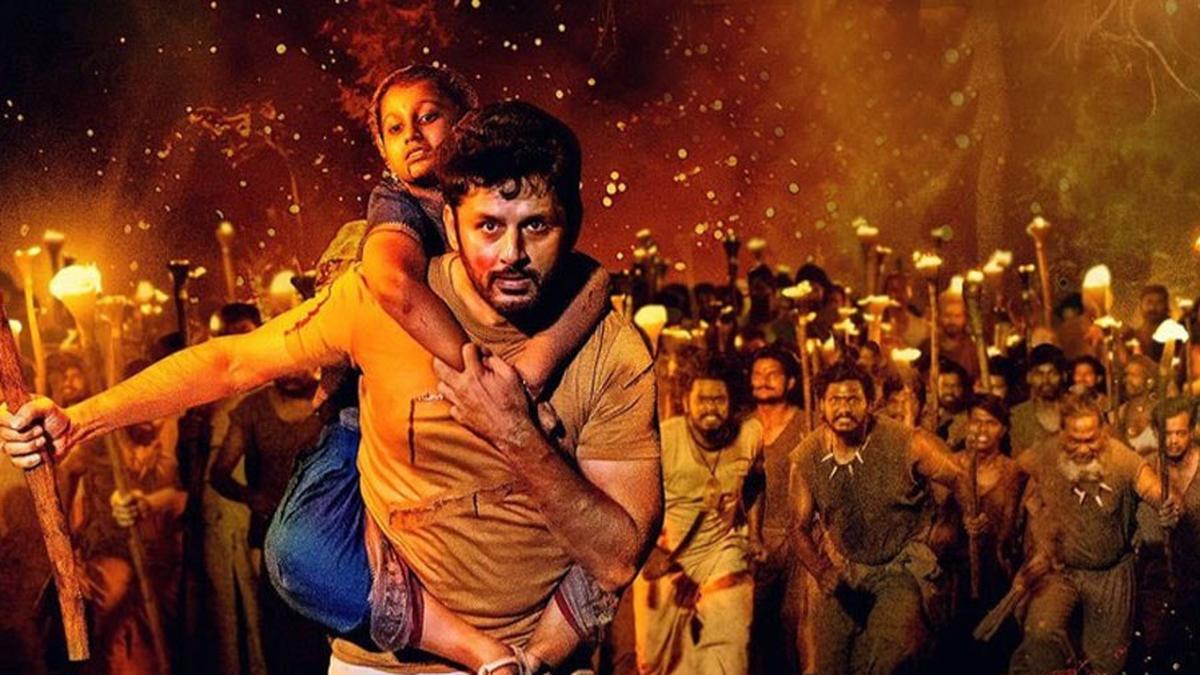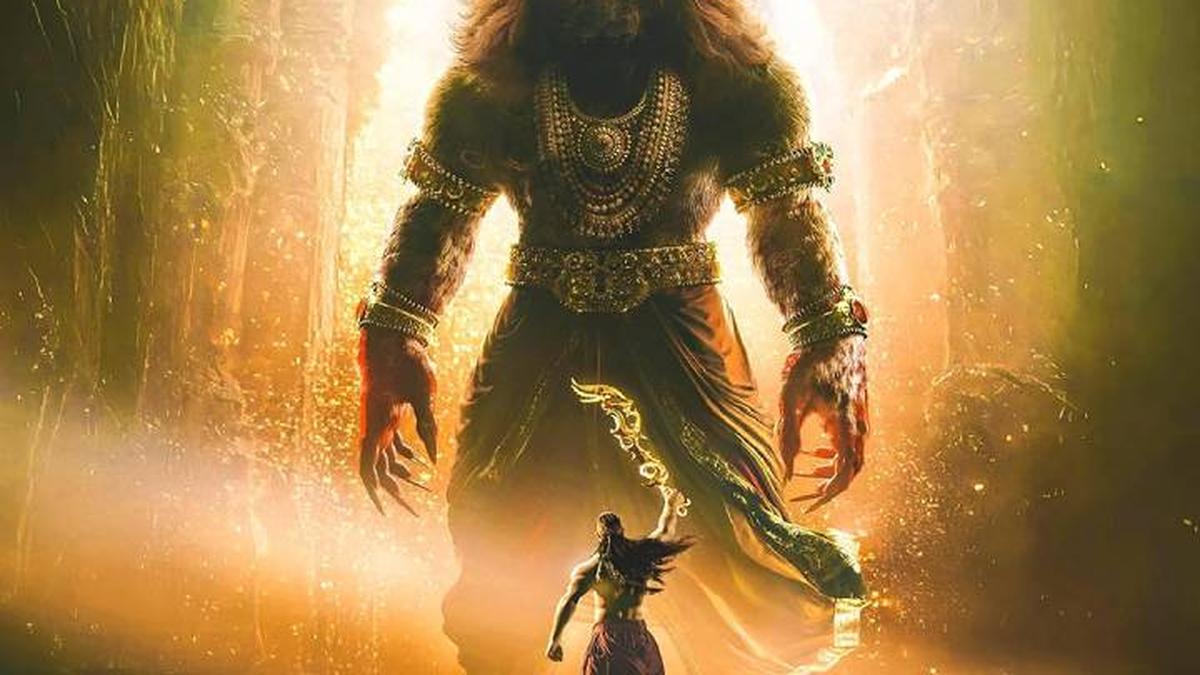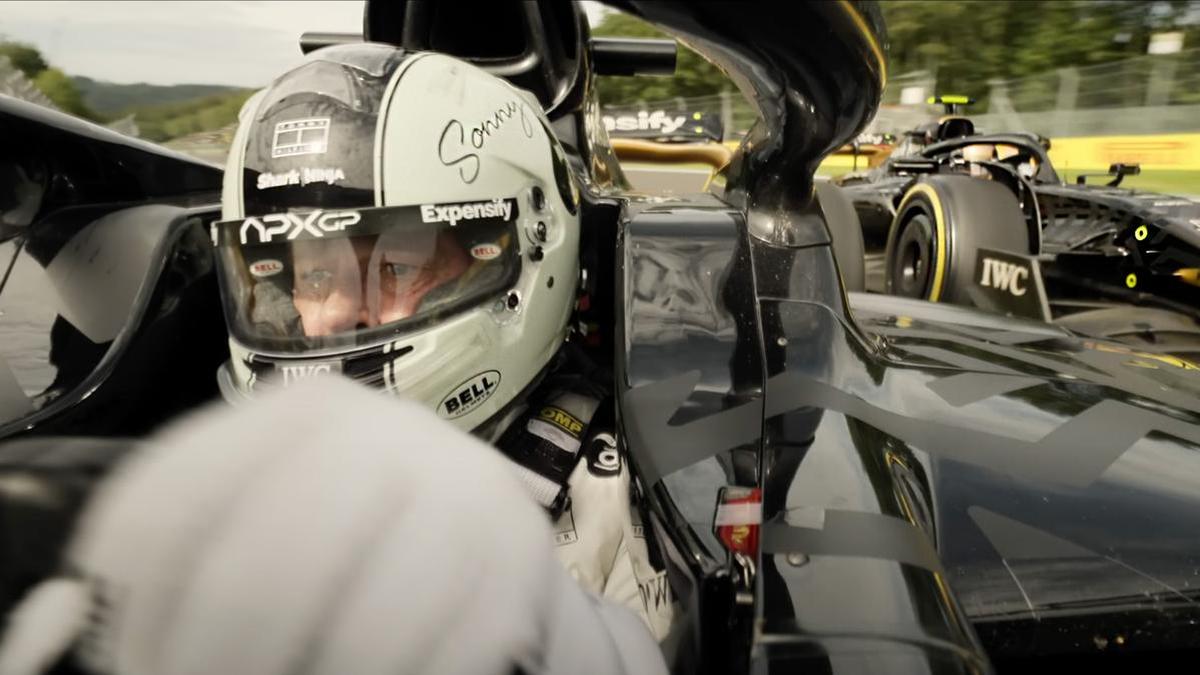It was only recently, with the advent of the rising usage of AI, that the ‘Ghibli Filter’ trend took the internet by storm. Amidst this, arrived the release of the recently remastered ‘Princess Mononoke’, which reminded the world once again that no matter how much artificial intelligence may try, it can never quite understand the emotional depth and capture the true essence that lies in each perfect hand-crafted frame made by Hayao Miyazaki and the artists at Studio Ghibli.
Set in the Muromachi Period of Japan, we are quickly introduced to our protagonist, Prince Ashitaka, who, after killing an evil beast to protect his village, is laid with a curse that sets him out on a journey to find the Forest Spirit that looms in the dangerous forests of the far West. He meets several people along the way and learns about them and the way they look at the world. Miyazaki’s film is an adventurous journey that does not wish to reveal everything at once as much as it takes its own time to allow you to connect to the characters and narrative at hand. In doing so, he is able to deliver a powerful message about both: The need to conserve nature as well as human nature.
Relevant as ever, Miyazaki’s stunning film engulfs you into a world that has characters that feel like they actually exist. There is no clear-cut villain or a hero in this film, a rare sight in the animated film genre (especially for films that cater to a younger audience). In fact, the older one grows, the more they realise that the meaning of the story only deepens. There is a justified reason behind each character’s actions and beliefs. Hence, our protagonist remains conflicted on which side to pick throughout the film. He wishes to understand those around him without hatred, and to do so, he observes the world he is surrounded by.
Every frame is meticulous, and the image born out of imagination feels truly authentic. Aided to this is the film’s sound design and score, which authentically captures the essence of Japan over six hundred years ago. Even in times that lacked concrete buildings and electricity, deforestation was present, in order to obtain minerals from under the soil. It was a banal process that brought with it a blinding greed that saw an endless thirst for power that could never be quenched. The film’s third act turns especially brutal, it is a loud cry to prevent the harm of animals and nature.
Miyazaki’s ability to seep in the elements of fantasy with the real creates images that are not just visually stunning but also a reminder that he is an artist whose genius can never be replicated. To celebrate his art is to celebrate the very essence of life itself. For Miyazaki, life of all kinds is important, and for life to exist, we must coexist.
The writer, Rudrangsh Gupta, is a freelance filmmaker and enjoys keeping a keen eye out for moving stories that are shown with a unique lens.

 9 hours ago
1
9 hours ago
1























 English (US) ·
English (US) ·